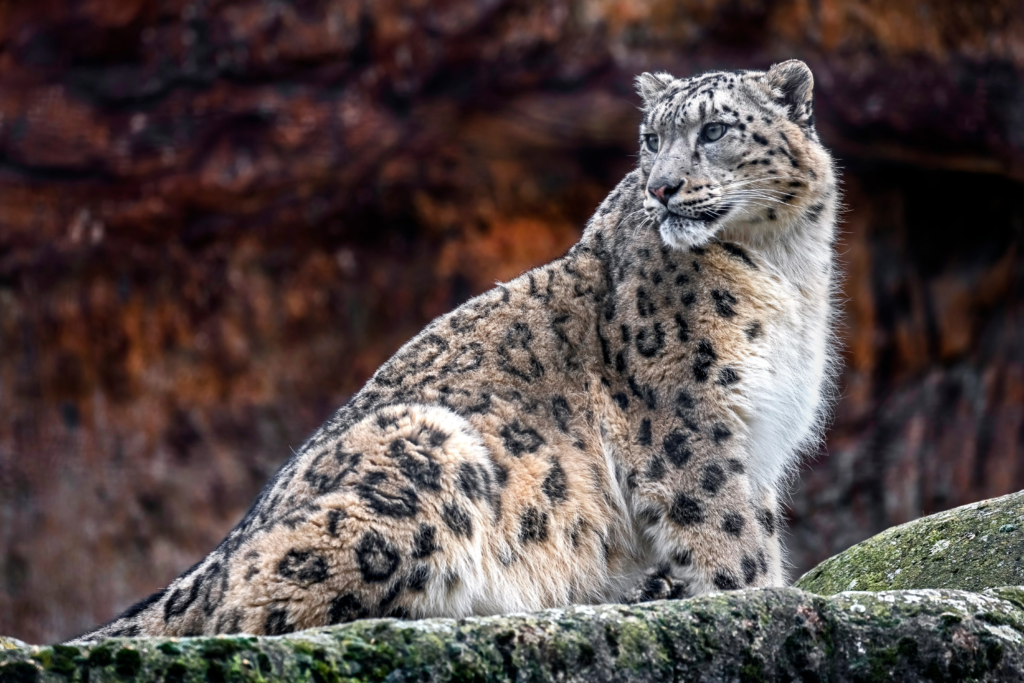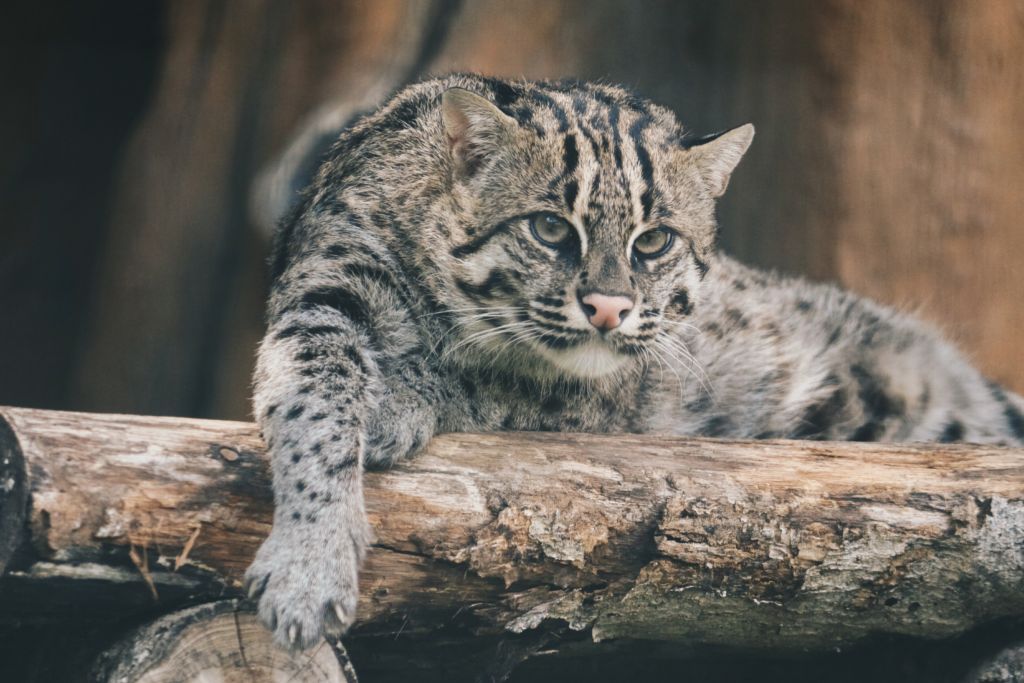India state animal are unique symbols representing the biodiversity and cultural heritage of each state, such as the Bengal tiger for West Bengal and the Asiatic lion for Gujarat. These India state animal are chosen to highlight national conservation efforts and promote awareness of the state’s natural environment.
State animal In India
Andhra Pradesh: Blackbuck (Antilope cervicapra)
- The blackbuck is a species of antelope native to the Indian subcontinent. Known for its striking spiral horns and graceful gait, it inhabits grasslands and open woodlands.
https://infomate.in/comprehensive-list-of-bharat-ratna-award-recipients/
Arunachal Pradesh: Gayal (Bos frontalis)
- The gayal, also known as mithun, is a large domesticated bovine found in the forests of northeast India. It is important culturally and economically to the tribal communities.
Assam: Indian One-Horned Rhinoceros (Rhinoceros unicornis)
- This species is primarily found in Assam’s Kaziranga National Park. Known for its single horn, the rhino is a symbol of the successful conservation efforts in the region.
Bihar: Gaur (Bos gaurus)
- Also known as the Indian bison, the gaur is the largest extant bovine. It is a powerful and massive animal, inhabiting the forests and grasslands.
Chhattisgarh: Wild Buffalo (Bubalus arnee)
- The wild buffalo is native to the Indian subcontinent. It is known for its large size, long horns, and is critically endangered due to habitat loss.
Goa: Gaur (Bos gaurus)
- The state animal of Goa, the gaur is admired for its strength and stature and is often seen in the Western Ghats region of the state.
Gujarat: Asiatic Lion (Panthera leo persica)
- Found in the Gir Forest, the Asiatic lion is a symbol of Gujarat’s wildlife conservation success. Smaller than African lions,
Haryana: Blackbuck (Antilope cervicapra)
- The blackbuck is also Haryana’s state animal, symbolizing the region’s commitment to wildlife preservation amidst its agricultural landscape.
Himachal Pradesh: Snow Leopard (Panthera uncia)
- The elusive snow leopard inhabits the higher reaches of the Himalayas. Known for its thick fur and long tail, it is an apex predator in its habitat.

Jharkhand: Indian Elephant (Elephas maximus indicus)
- The Indian elephant is a keystone species in Jharkhand’s forests. It is vital for seed dispersal and maintaining the forest ecosystem.
Karnataka: Indian Elephant (Elephas maximus indicus)
- Karnataka is home to significant populations of Indian elephants, particularly in its national parks like Bandipur and Nagarhole.
Kerala: Indian Elephant (Elephas maximus indicus)
- Elephants play a crucial role in Kerala’s culture and ecology, often seen in temple festivals and wildlife sanctuaries.
Madhya Pradesh: Barasingha (Rucervus duvaucelii)
- Also known as the swamp deer, the barasingha is distinguished by its impressive antlers. It is mainly found in the Kanha National Park.
Maharashtra: Indian Giant Squirrel (Ratufa indica)
- This colorful and large tree squirrel is known for its striking fur and agility. It inhabits the forests of the Western Ghats in Maharashtra.
Manipur: Sangai (Rucervus eldii eldii)
- The Sangai, or brow-antlered deer, is found in the marshy areas of Keibul Lamjao National Park. It is critically endangered and holds cultural significance.
Meghalaya: Clouded Leopard (Neofelis nebulosa)
- Known for its beautiful spotted coat, the clouded leopard is an agile climber and elusive predator of the northeastern forests.
Mizoram: Serow (Capricornis thar)
- The serow is a goat-antelope with a shaggy coat and is adapted to the hilly and forested terrain of Mizoram.
Nagaland: Mithun (Bos frontalis)
- The mithun, or gayal, is significant in Nagaland for its cultural and economic value. It is a symbol of wealth and social status.
Odisha: Sambar Deer (Rusa unicolor)
- The sambar deer is the largest Indian deer and is known for its majestic antlers and nocturnal habits. It inhabits the forests and wetlands of Odisha.
Punjab: Blackbuck (Antilope cervicapra)
- The blackbuck symbolizes Punjab’s commitment to wildlife conservation, despite the region’s agricultural dominance.
Rajasthan: Chinkara (Gazella bennettii)
- The chinkara, or Indian gazelle, is adapted to the desert and scrublands of Rajasthan. It is known for its graceful movements and speed.
Sikkim: Red Panda (Ailurus fulgens)
- The red panda is a small arboreal mammal found in the temperate forests of Sikkim. It is known for its distinctive red fur and playful behavior.
Tamil Nadu: Nilgiri Tahr (Nilgiritragus hylocrius)
- This wild goat species is endemic to the Nilgiri Hills and the Western Ghats. It is known for its sure-footedness and adaptability to rocky terrain.
Telangana: Spotted Deer (Chital) (Axis axis)
- The spotted deer, or chital, is known for its beautiful spotted coat and is commonly found in the forested areas of Telangana.
Tripura: Phayre’s Leaf Monkey (Trachypithecus phayrei)
- This primate species is native to the forests of Tripura and is recognized for its distinctive facial features and social behavior.
Uttar Pradesh: Swamp Deer (Barasingha) (Rucervus duvaucelii)
- The swamp deer, or barasingha, is known for its impressive antlers and is primarily found in the Dudhwa National Park.
Uttarakhand: Alpine Musk Deer (Moschus chrysogaster)
- The alpine musk deer is known for producing musk, which is highly valued. It inhabits the high-altitude forests and meadows of Uttarakhand.
West Bengal: Fishing Cat (Prionailurus viverrinus)
- The fishing cat is an adept swimmer and primarily feeds on fish. It is found in the wetlands and mangroves of West Bengal, including the Sundarbans.

Union Territories
Chandigarh: Indian Grey Mongoose (Herpestes edwardsii)
- The Indian grey mongoose is known for its agility and ability to combat venomous snakes. It is commonly found in urban and rural areas.
https://infomate.in/blossoms-of-india-a-guide-to-state-flowers-across-the-nation/
Lakshadweep: Butterfly Fish (Chaetodon decussatus)
- This colorful fish is found in the coral reefs around Lakshadweep and is known for its striking patterns and colors.
Delhi: Nilgai (Boselaphus tragocamelus)
- The nilgai, or blue bull, is the largest Asian antelope and is commonly found in the semi-urban areas around Delhi.
Puducherry: Indian Palm Squirrel (Funambulus palmarum)
- This small squirrel is known for its distinctive three-striped back and is commonly found in urban areas and gar
Jammu and Kashmir: Hangul (Cervus hanglu)
- The hangul, or Kashmir stag, is critically endangered and found only in the Kashmir Valley. It is known for its magnificent antlers and reddish coat.
These State animal not only represent the diverse wildlife of India but also highlight the importance of conservation efforts to protect these species and their habitats.